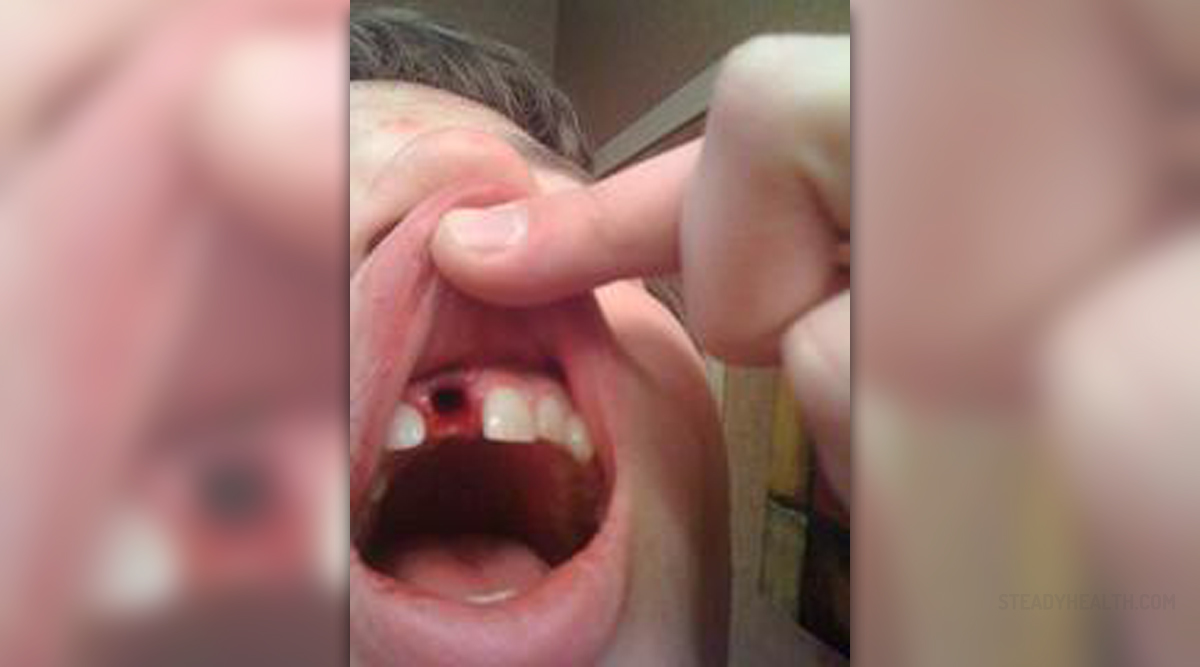
Bone grafts are used to change the structure of certain types of jawbone. Should you wish to get a dental implant but are unable to as a result of having a thin jawbone, then a bone graft may provide the solution. Jaws can lose bone because of ageing, missing teeth, prolonged use of dentures or simply as a consequence of an accident. Teeth help keep our bone structure intact and the loss of teeth may result in something of a ‘sunken’ appearance. Bone grafts are usually successful and involve the transfer of bone from one part of the body to the jawbone.
Types of Graft
Four types of bone graft are in existence today. These types are known respectively as allografts, alloplastic, autogenous/autografts and xenografts.
Allografts use natural bone taken from a human donor. For this type of graft, the bone used is from a human cadaver, which has been donated to a so-called ‘bone bank’. These bones are thoroughly checked, examined and sterilised before they are grafted. The body should easily assimilate this new bone.
Alloplastic grafts involve a manufactured substitute for bone. This bone is constructed out of calcium phosphate, which appears identical to human bones. Resorbable alloplastic grafts mean that the man-made bone will eventually be absorbed and replaced by natural bone. This is known as osteoinduction. Non-resorbable grafts do not perform this function.
Autogenous are the most common type of grafts that are used. This type is often considered the best and involves the transferring of bone from another part of the body. Usually, the hip bones serve this purpose as the bones here are marrow-rich. Autogenous grafts are the most successful types of grafts as the newly grafted bone can also help with the regeneration of the jaw.
Xenografts employ the usage of animal rather than human bone. Usually, the bones are taken from cows in the case of xenografts. Some might be unhappy about the use of animal bones as a source for grafting, but one can rest assured that the bones are thoroughly checked before use. In time, the animal bone will be replaced with one’s own natural bone growth.Other Information
As for the procedure involved in grafting, it will depend on the type of graft. In the case of the autogenous graft, the dentist will make an incision in the chin or hip (the donor sites), then, he will remove an amount of bone before making another incision in the gums. This allows the bone to be grafted. Sedatives and anesthetics can be used to assist the patient.
Normally, undergoing a graft will involve a stay in a hospital and usually, the operation is successful. In some rare cases, the new bone might be rejected. This can be a result of certain medical condition. In the case of an unsuccessful graft, the newly grafted bone will have to be removed.


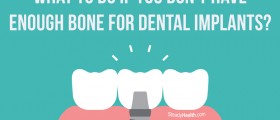
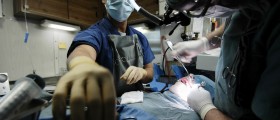


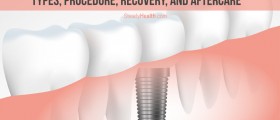
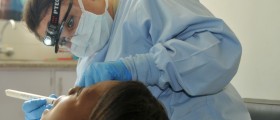

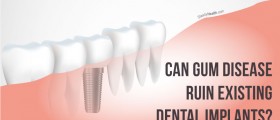



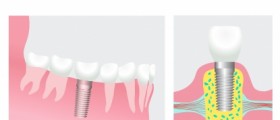

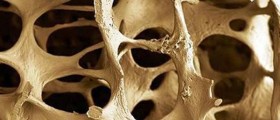

Your thoughts on this
Loading...